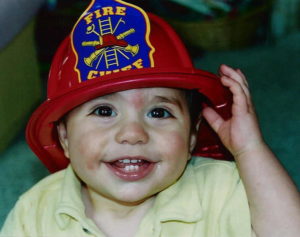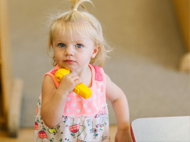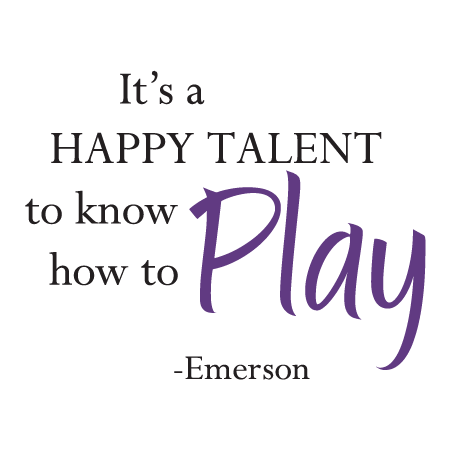Programs

Infant Care
(ages 1 month to 12 months)

Our Infant Program offers a warm, safe, and friendly home-like environment tailored to meet your baby’s physical, emotional, and developmental needs—with your help and partnership every step of the way.
We understand that every infant is unique. That’s why we follow each child’s individual routine, including feeding, sleeping, and playtime. These daily rhythms are the foundation of your baby’s experience and are treated as essential learning opportunities.
Our nurturing caregivers provide consistent one-on-one attention, creating secure attachments that help your child feel loved and supported. Through gentle interaction, responsive care, and meaningful moments, we help infants feel safe and confident to explore the world around them.
As your baby grows, they’ll engage in activities that naturally support the development of:
-
Language and communication skills
-
Cognitive growth through sensory exploration
-
Fine and gross motor skills through tummy time, reaching, grasping, and movement
We also keep you connected throughout the day, sharing updates on your child’s routines, milestones, and magical little moments.
At Early Minds, your baby isn’t just cared for—they are cherished.
Yearling Program
(ages 12 months to 18 months)

Our Yearling Program is specially designed for children who are transitioning between the infant and toddler stages. It blends the nurturing care of our Infant Program with the exploration and structure of our Toddler Program—adjusted to your child’s unique pace and readiness.
At this age, children begin to show more independence and curiosity while still needing the comfort and security of familiar routines. Our caregivers gently guide your child as they move from an infant-style schedule toward a more active, group-based toddler environment.
This program offers the perfect balance of:
-
Nurturing, one-on-one attention
-
Engaging play that encourages exploration
-
Age-appropriate learning experiences that support early language, motor, and social development
We focus on helping each child build confidence, strengthen new skills, and feel safe as they take their next developmental steps. The Yearling Program ensures a smooth, supportive transition—laying the foundation for future success in our toddler classrooms and beyond.
Toddler Program
(ages 18 months to 2 years 9 months)

Our Toddler Program is designed to spark curiosity, build confidence, and support your child’s rapid growth during this exciting stage of development. Through hands-on experiences and a thoughtfully planned, age-appropriate curriculum, we help toddlers explore, discover, and develop a lifelong love of learning.
At this age, children are becoming more independent and social. Our nurturing staff supports each toddler’s emotional and social growth by encouraging positive relationships, self-expression, and cooperative play. We create a safe and engaging environment where your child is free to be curious, take age-appropriate risks, and celebrate their achievements.
Each day includes fun, structured activities that support development in key areas such as:
-
Early language and communication
-
Creative expression through music, art, and movement
-
Cognitive growth through sensory play, problem-solving, and exploration
-
Fine and gross motor skill development
We also place a strong emphasis on routines that help toddlers feel secure, while allowing room for creativity and flexibility to follow each child’s interests.
At Early Minds, our toddlers are busy learning, growing, and thriving—all while having fun and building the confidence they’ll carry with them into the next stage of their learning journey.
Preschool/Pre-k Program
(ages 2 years 9 months – 5 years)

Our Preschool and Pre-K classrooms are designed to prepare your child for Kindergarten—and for life—by fostering both academic readiness and a strong sense of community. In these classrooms, children develop not only essential skills, but also empathy, independence, and respect for others.
We focus on nurturing the whole child through a balanced program that encourages curiosity, creativity, and confidence. Our experienced teachers provide engaging, hands-on activities that support development in:
-
Early literacy and language
-
Math and problem-solving
-
Social and emotional learning
-
Fine and gross motor skills
-
Creative expression through art, music, and imaginative play
With a blend of structured learning and meaningful play, children build foundational knowledge while also learning how to express themselves, work in groups, and navigate new challenges.
Recognizing that preschoolers thrive when they feel both supported and empowered, our teachers create an environment that gives children the freedom to explore and the guidance they need to succeed.
At Early Minds, our Preschool and Pre-K classrooms inspire a love of learning, foster self-confidence, and lay the groundwork for a smooth and joyful transition into Kindergarten and beyond.

